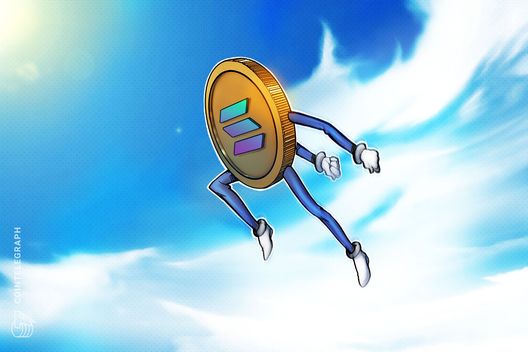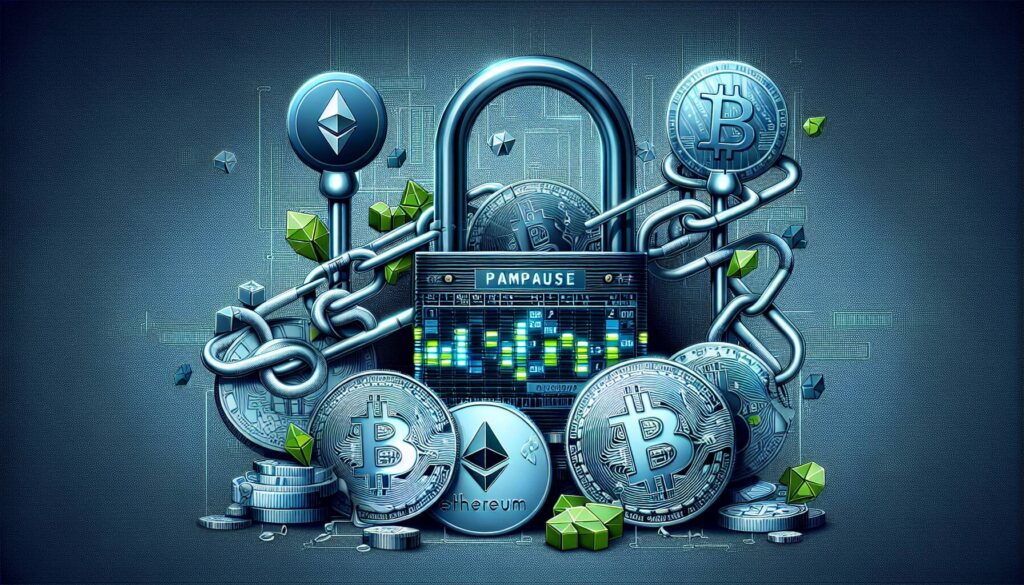The cryptocurrency market is buzzing with anticipation surrounding Solana (SOL) as analysts speculate about its potential to reach the coveted $250 mark. Recent observations suggest that for SOL to achieve this milestone, three key factors must align favorably.
Increased Onchain Activity: The first of these factors is a significant uptick in onchain activity. This refers to the volume of transactions taking place directly on the Solana blockchain. A rise in activity can indicate growing user engagement and interest in the ecosystem, which often correlates with price appreciation.
Buy-Side Leverage: Additionally, demand for buy-side leverage plays a crucial role. This involves investors using borrowed capital to purchase SOL, amplifying buying pressure and driving prices higher. A robust appetite for leveraged investments tends to signal confidence in the asset’s future performance, showcasing the bullish sentiment amongst traders.
SEC’s ETF Decision: Finally, the resolution of the SEC’s decision regarding a Solana exchange-traded fund (ETF) could be a pivotal moment. Should the SEC approve an ETF, it could attract a flood of institutional investments, further boosting demand and providing the needed momentum for SOL’s ascent.
Considering these aspects, the cryptocurrency community remains on the lookout, gauging developments that could influence Solana’s trajectory in the competitive crypto landscape.
Key Factors Impacting SOL’s Price Potential
To reach a target price of $250, several critical factors must align:
- Increase in Onchain Activity:
This involves greater user engagement and transaction volume on the Solana blockchain, which could signal growing confidence and adoption.
- Demand for Buy-Side Leverage:
Higher demand for leveraged buying can drive up prices, as more investors seek to capitalize on upward momentum.
- Resolution of the SEC’s Solana ETF Decision:
A favorable decision regarding a Solana ETF could enhance institutional investment, providing a significant boost to the asset’s credibility and market presence.
Understanding these elements can help investors anticipate market movements and make informed decisions in their investment strategies.
Comparative Analysis of Solana’s Market Position Amidst Regulatory Developments
In the ever-evolving cryptocurrency landscape, Solana (SOL) stands at a crucial pivot point. For SOL to ascend to the $250 mark, significant factors such as an increase in on-chain activity, a growing demand for buy-side leverage, and clarity regarding the SEC’s impending Solana ETF decision must converge. This scenario isn’t unique to Solana; other cryptocurrencies are navigating similar waters as they seek to enhance market adoption and leverage institutional investment.
Competitive Advantages: Solana’s existing technological framework, which boasts high throughput and low transaction costs, places it in a favorable position compared to slower, more expensive networks. When compared to competitors like Ethereum, Solana offers scalability that could attract developers and projects seeking an efficient ecosystem. Additionally, the anticipation of the Solana ETF could mean attracting institutional investors if approved, potentially driving prices upward.
Disadvantages: On the flip side, the current uncertainties surrounding regulatory approval introduce a layer of risk. Unlike more established cryptocurrencies, Solana still grapples with market perception and potential skepticism surrounding its network’s security and centralization claims. This regulatory uncertainty may deter not only retail investors but also institutional players who prefer more stable regulatory environments.
Solana’s trajectory could significantly benefit traders and investors who are attuned to market trends and willing to embrace a calculated degree of risk. However, retail investors might encounter challenges if SEC delays continue, as uncertainty could lead to increased volatility. In contrast, institutions looking for secure, long-term investments might find Solana’s prospects less appealing until clarity around regulation is established.















